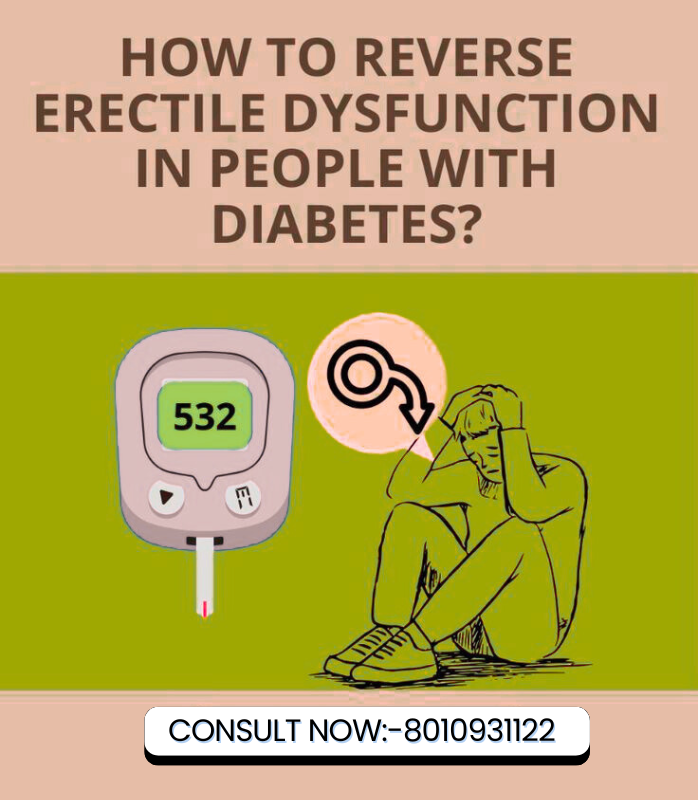1. Pelvic Floor Dysfunction
a. Weakened pelvic muscles
Groin Pain in Women: Pelvic floor muscles play a crucial role in supporting the pelvic organs. When these muscles weaken, it can lead to groin pain. This weakening often occurs due to childbirth, aging, or lack of exercise.
b. Overactive pelvic floor
An overactive pelvic floor, where muscles are constantly tense, can cause chronic pain in the groin area. This condition is often overlooked but can significantly impact a woman’s quality of life.
c. Impact on daily activities
Pelvic floor dysfunction can make simple activities like sitting, walking, or even urinating uncomfortable. Many women find it challenging to engage in physical exercise or maintain an active lifestyle due to this condition.
2. Hip Joint Problems
a. Labral tears
The labrum, a ring of cartilage surrounding the hip socket, can tear due to injury or wear and tear. This tear often manifests as groin pain, especially during movement.
b. Femoroacetabular impingement
This condition occurs when the hip bones are irregularly shaped, causing them to rub against each other. The resulting friction can lead to pain in the groin area, particularly during physical activities.
c. Hip osteoarthritis
As women age, the cartilage in their hip joints may wear down, leading to osteoarthritis. This degenerative condition often causes pain that radiates to the groin, especially after periods of inactivity.
3. Nerve Compression
a. Obturator nerve entrapment
The obturator nerve, which runs through the pelvic region, can become compressed or irritated. This compression often results in pain or numbness in the groin area.
b. Ilioinguinal nerve irritation
Irritation of the ilioinguinal nerve, which supplies sensation to parts of the groin, can cause sharp or burning pain in the area. This irritation can be due to various factors, including surgery or pregnancy.
c. Pudendal neuralgia
The pudendal nerve, responsible for sensation in the genital area, can become compressed or damaged. This condition often leads to chronic pain in the groin and pelvic region.
4. Urinary Tract Issues
a. Interstitial cystitis
Also known as painful bladder syndrome, this chronic condition causes pressure and pain in the bladder and pelvic area. Many women experience this pain as radiating to the groin.
b. Urethral diverticulum
This condition involves a small pouch forming along the urethra, which can fill with urine and cause pain and discomfort in the groin area. It’s often accompanied by recurrent urinary tract infections.
c. Chronic bladder infections
Recurring bladder infections can lead to persistent pain in the lower abdomen and groin area. These infections are more common in women due to their shorter urethra.
5. Gastrointestinal Disorders
a. Inguinal hernia
Although less common in women than in men, inguinal hernias can occur and cause groin pain. This happens when part of the intestine protrudes through a weak spot in the abdominal wall.
b. Inflammatory bowel disease
Conditions like Crohn’s disease or ulcerative colitis can sometimes cause pain that radiates to the groin area. This is due to inflammation in the digestive tract.
c. Constipation and bowel obstructions
Severe constipation or bowel obstructions can cause pressure and pain that extends to the groin area. This is often accompanied by bloating and discomfort in the abdomen.
6. Gynecological Conditions
a. Endometriosis
This condition, where uterine tissue grows outside the uterus, can cause severe pelvic and groin pain. The pain often worsens during menstruation.
b. Ovarian cysts
Cysts on the ovaries can cause pain that radiates to the groin. While many ovarian cysts are harmless, some can grow large and cause significant discomfort.
c. Pelvic inflammatory disease
This infection of the reproductive organs can cause pain in the lower abdomen and groin. It’s often a result of sexually transmitted infections and requires prompt medical attention.
7. Musculoskeletal Imbalances
a. Core muscle weakness
A weak core can lead to improper posture and movement patterns, potentially causing strain and pain in the groin area. Strengthening core muscles can often alleviate this issue.
b. Sacroiliac joint dysfunction
The sacroiliac joint, which connects the spine to the pelvis, can become misaligned or inflamed, causing pain that radiates to the groin.
c. Lower back problems
Issues with the lower back, such as herniated discs or spinal stenosis, can cause referred pain in the groin area due to nerve compression or irritation.
8. Vascular Issues
a. Deep vein thrombosis
Although often associated with leg pain, deep vein thrombosis can sometimes cause pain in the groin area. This serious condition requires immediate medical attention.
b. Varicose veins
While often visible on the legs, varicose veins can also occur in the pelvic area, leading to pain and discomfort in the groin.
c. Pelvic congestion syndrome
This condition involves the enlargement of veins in the pelvic area, leading to chronic pain that often extends to the groin. It’s more common in women who have had multiple pregnancies.
9. Stress and Psychological Factors
a. Chronic tension and anxiety
Psychological stress can manifest physically, leading to muscle tension in the pelvic and groin area. This tension can result in chronic pain over time.
b. Psychosomatic pain
Sometimes, emotional or psychological issues can manifest as physical pain, including in the groin area. This doesn’t mean the pain isn’t real, but rather that its origin may be complex.
c. Stress-induced muscle tightness
Stress can cause muscles to tighten, including those in the pelvic and groin area. This constant tension can lead to pain and discomfort over time.
10. Rare but Serious Conditions
a. Certain types of cancer
While rare, certain cancers, such as those affecting the reproductive organs or lymph nodes, can cause groin pain as an early symptom.
b. Abdominal aortic aneurysm
This serious condition involves a weakening of the aorta wall. While it often causes abdominal pain, in some cases, the pain can radiate to the groin area.
c. Osteitis pubis
This inflammatory condition affects the pubic symphysis, the joint at the front of the pelvis. It can cause significant pain in the groin area, especially in athletes.
Summary
Groin pain in women can stem from a wide variety of causes, many of which are not immediately obvious. From pelvic floor dysfunction to rare conditions like abdominal aortic aneurysms, the potential culprits are diverse. It’s crucial for women experiencing persistent groin pain to seek medical advice for proper diagnosis and treatment.
FAQs
Ans: If your groin pain is severe, persistent, or accompanied by other symptoms like fever or difficulty urinating, it’s important to consult a healthcare provider.
Ans: While groin pain isn’t typically a sign of pregnancy, some women may experience ligament pain in the groin area during pregnancy due to the growing uterus.
Ans: For mild groin pain, rest, ice or heat therapy, and over-the-counter pain relievers may provide relief. However, it’s important to identify the underlying cause.
Ans: Diagnosis often involves a physical examination, medical history review, and possibly imaging tests like X-rays, MRI, or ultrasound.
Ans: While exercise can sometimes cause groin strain, it can also help alleviate certain types of groin pain. It’s best to consult with a healthcare provider or physical therapist for guidance.
Please consult with first-line treatment in case of groin pain at Dr. Mongas contact 8010931122.











Leave a Reply